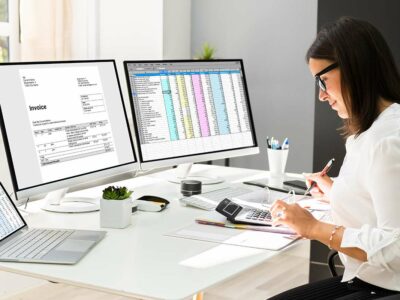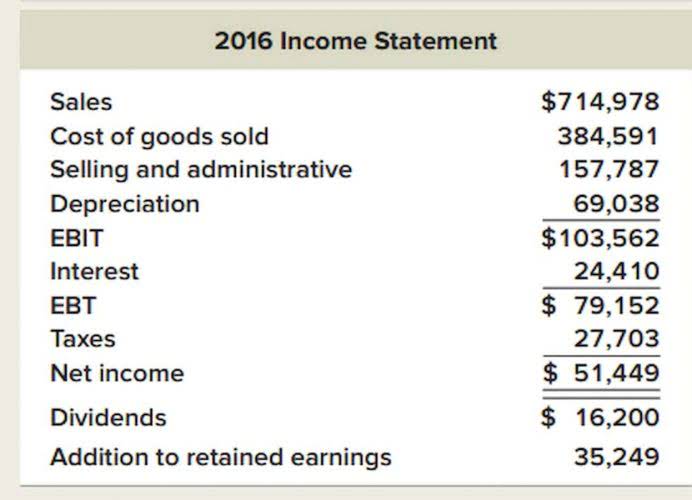Balance Sheet Definition & Examples Assets = Liabilities + Equity

Explore everything you need to know about the concept of liquidity with our simple guide. In accounting and financial analysis, a company’s liquidity is a measure of how easily it can meet its short-term financial obligations. In financial markets, liquidity refers to how quickly an investment can be sold without negatively impacting its price.
- Before we discuss the order of items on a balance sheet, let’s first establish a basic understanding of what a balance sheet represents.
- They are based on past experience with similar items or IRS guidelines for assets of that type.
- IFRS is more accommodating—it allows the reversal of an asset’s value when its price increases.
- This guide breaks down the key differences and similarities between these two accounting giants, helping you understand which one is right for your business.
Additional Resources

This ranking helps understand an entity’s financial flexibility and its ability to meet immediate financial demands. This little equation is the backbone of accounting—everything your company owns must equal everything it owes plus what’s left over for the owners. If your balance sheet doesn’t balance, it’s like showing up to a party with mismatched socks—something’s definitely off.

Liquidity as Key to Asset Order

For example, a company may have the cash immediately on hand but also owe money to creditors in the form of current liabilities. Finally, intangible assets are at the bottom of the list because they are the least liquid and can take longer to convert to cash. Accounts receivable (AR) represents amounts owed by customers for goods or services delivered on credit. These balances are typically collected within 30 to 90 days, making them a key component of working capital. Under ASC 310, companies must assess the collectability of receivables and establish an allowance for doubtful accounts to reflect order of liquidity balance sheet potential credit losses. IFRS 9 requires expected credit loss (ECL) modeling, which mandates forward-looking impairment assessments.
Order for Listing Current Liabilities

The standardized order of liquidity on a balance sheet is important for several reasons. This consistent presentation enhances the clarity and readability of financial statements, making it easier for various stakeholders to understand a company’s financial standing. Financial liquidity refers to the ease and speed with which an asset can be converted into cash without a significant loss in value. Cash itself is considered the most liquid asset because it is immediately available for use.
- You can use the Excel file to enter the numbers for any company and gain a deeper understanding of how balance sheets work.
- They also play a significant role in determining a company’s market value and creditworthiness.
- The order of liquidity is determined by reviewing a company’s balance sheet.
- It is a financial statement prepared by all types of businesses (sole proprietors, partners, enterprise, etc.) at a given date.
For the past 52 years, Harold Averkamp (CPA, MBA) has worked as an accounting supervisor, manager, consultant, university instructor, and innovator in teaching accounting online. These materials were downloaded from PwC's Viewpoint (viewpoint.pwc.com) under license. Get access to quizzes, exams, progress tracking, and more with your Saylor Academy account. At Financopedia, we’re committed to assisting small businesses and individuals with their finances and taxes. However, this order may vary depending on the specific needs of the company.
Companies typically select an ending period that corresponds to a time when their business activities have reached the lowest point in their annual cycle, which is referred to as their natural business year. For example, even the balance sheet has such alternative names as a "statement of financial position" and "statement of condition." Balance sheet accounts suffer from this same phenomenon. Fortunately, investors have easy access to extensive dictionaries of financial terminology to clarify an unfamiliar account entry. Items on a company’s balance sheet are typically listed from the most to the least liquid. Therefore, cash is always listed at the top of the asset section, while other types of assets, such as Oil And Gas Accounting Property, Plant & Equipment (PP&E), are listed last.
It’s a helpful method for investors to understand the financial situation of a company and their ability to settle their liabilities. Financial liquidity refers to the ease with which an asset can be converted into cash without a significant loss in its market value. The “order of liquidity” ranks assets based on this characteristic, from those most readily convertible to cash to those most difficult to liquidate.
Owners’ Equity
By defining an account as being liquid, it means that a company can turn the balance of the account into cash relatively quickly. In this article, we will delve into the order in which the items on the balance sheet appear, exploring the different categories and how they contribute to the overall financial outlook of a company. So, whether you’re a finance professional, an aspiring investor, or simply someone curious about financial statements, let’s dive into the details and unravel the mysteries of https://cimaltransport.com/2024/05/17/oregon-paycheck-salary-calculators/ the balance sheet. This line item includes all of the company’s intangible fixed assets, which may or may not be identifiable.

- Or an early career analyst might assume a company is liquid simply because it has some cash.
- This is because it helps potential investors, lenders, and creditors assess the company's ability to meet its financial obligations.
- Inventory turnover (COGS divided by average inventory) is a key efficiency metric, indicating how often stock is sold and replaced.
- It can be looked at on its own and in conjunction with other statements like the income statement and cash flow statement to get a full picture of a company’s health.
- Cash usually includes checking accounts, coins and paper money, undeposited receipts, and money orders.
- It means that the company has rendered services or delivered the product to the customer.
- IFRS also has a de minimis exception for low-value assets, which GAAP lacks.
Investors can gain valuable insight from this financial statement since it shows a company's resources and how it is funded to evaluate its financial health. Furthermore, the balance sheet is a key source for analyzing the various performance metrics of a company, such as its return on assets ratio, debt-to-equity (D/E) ratio, and liquidity ratio. How assets are supported, or financed, by a corresponding growth in payables, debt liabilities, and equity reveals a lot about a company's financial health. For now, suffice it to say that depending on a company's line of business and industry characteristics, possessing a reasonable mix of liabilities and equity is a sign of a financially healthy company.


